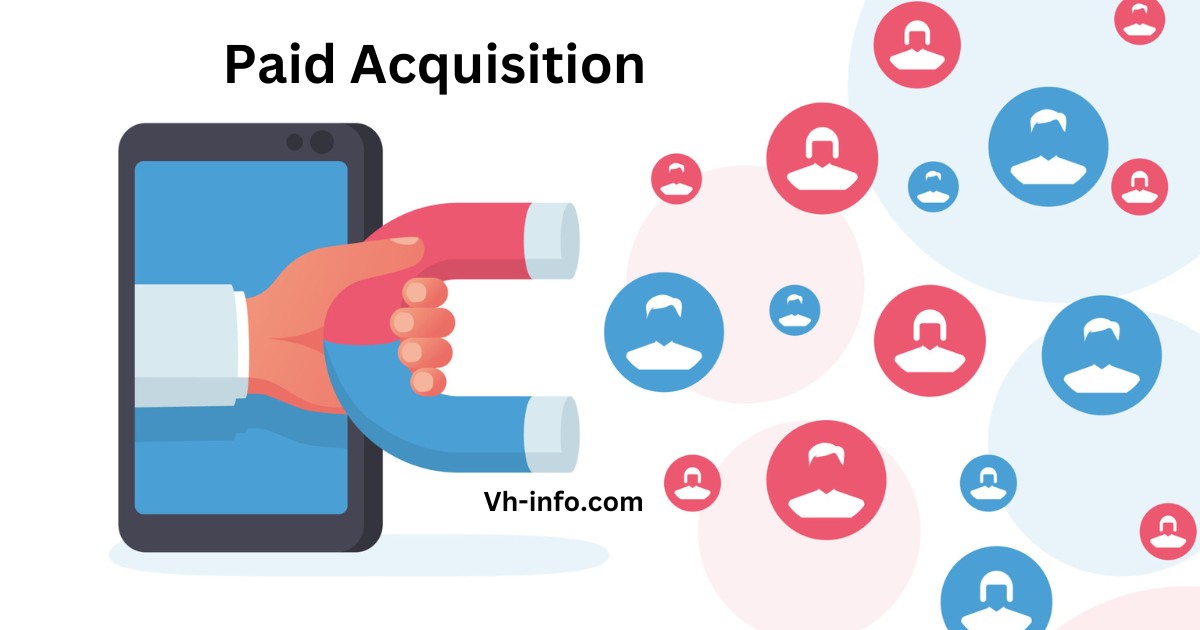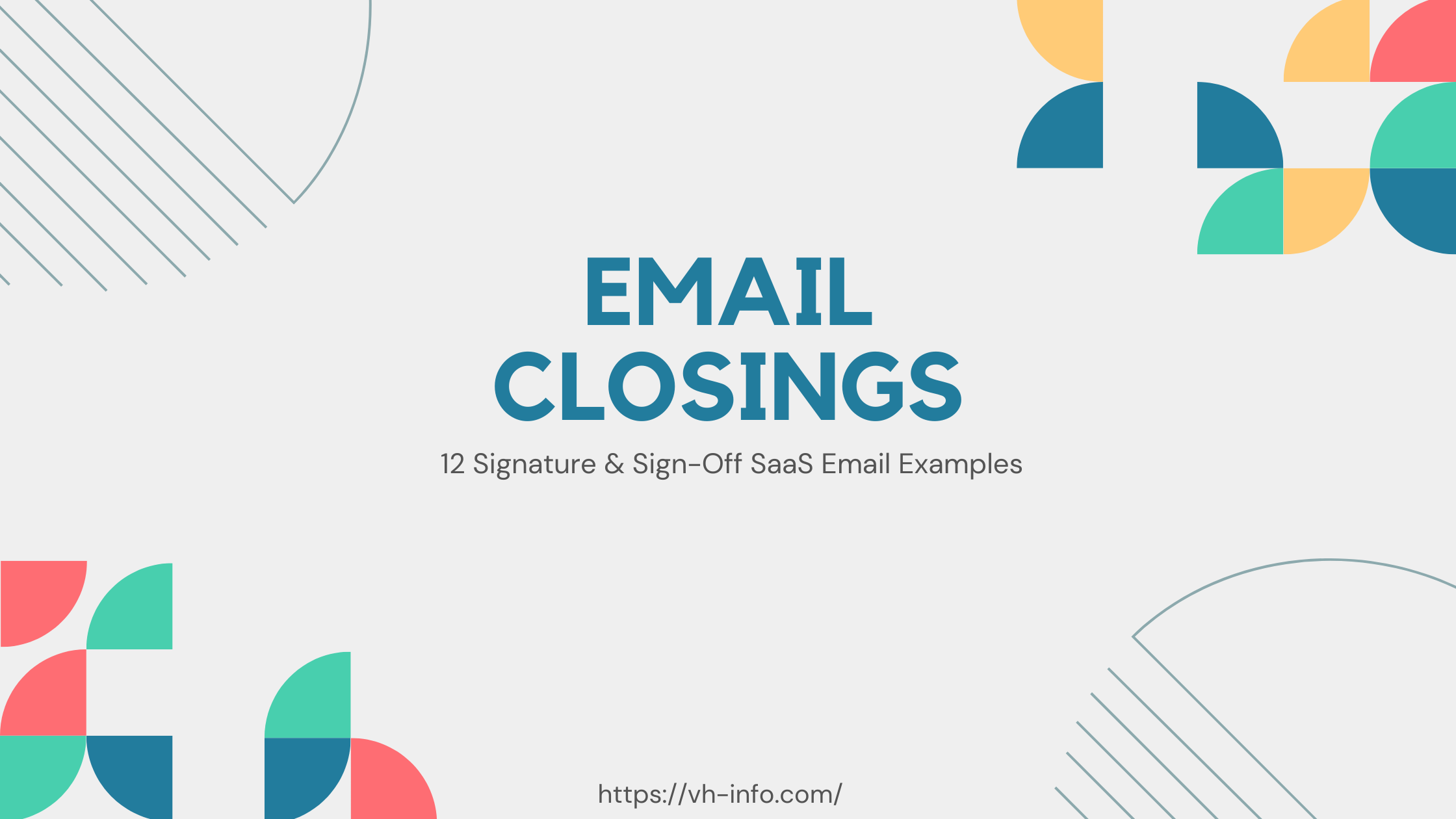
Paid Acquisition: Meaning, Benefits & Drawbacks (Don’t Miss this!)
Are you looking to scale your business and reach new audiences? Paid acquisition could be the key to unlocking your

Paid Acquisition: Meaning, Benefits & Drawbacks (Don’t Miss this!)
Are you looking to scale your business and reach new audiences? Paid acquisition could be the key to unlocking your

Focused Differentiation Strategy: What it is, How to Use, Examples
In today’s era of cut-throat competition, it is no longer sufficient to be good at what you do. You need

What is a Keyword Outline and How to Make One (Examples)
Are you struggling to find the right keywords for your blog posts? Do you find it challenging to organize your

Building a strong Brand identity: Essential Elements of Branding
Introduction In today’s competitive business environment, building a strong brand is essential. Brand identity is the combination of visual, verbal

Email Closings: 12 Signature & Sign-Off SaaS Email Examples
Emails play a crucial role in the growth of SaaS businesses—from increasing user engagement and nurturing customers to improving conversions
WHAT WE
3rd floor, VHinfo, QRXG+CG9 Capital Market, Canal Rd, chokdi, Ravapar, Morbi, Gujarat 363641
14 Main Street, Suite 401, New York, NY 10004
Vh-info © 2025 | All Rights Reserved